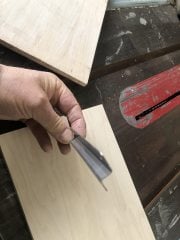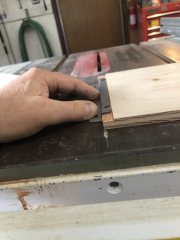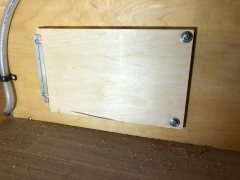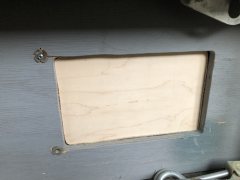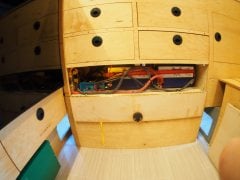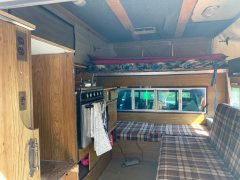Vic,
if you need any fine tuning, I’m thinking you could try a bar clamp on both sides of the bend, with your board spaced in between, might be worth a try. That would give you the clamping distance you need and is fully adjustable, and should provide needed force to bend aluminum square tubing, ever so slightly, without overdoing.
Poky
Thanks Poky. I think where it needs tweeking a bit is in the actual sheet metal. The tubing is now straight. The very slight kink is in that area right at the frame where the round horizontal tube joins the side. If you have seen the roof apart, you might know of what bits I speak. It is much better now than it was, for sure.
I did manage to get a piece of 1/2" plywood in between the rooftop and that round tube, which straightened it a lot. Is it in concours condition? ![]() No. But the side liner is now much less slack than it was.
No. But the side liner is now much less slack than it was.
Regarding the side liner.... I notice that new FWC have almost rigid looking side liners when the roof is up. Very different than the older models. How are they doing this? Can the side liner and/or lifting panels be adjusted to lift higher, thus eliminating slack?
Edited by Vic Harder, 02 April 2020 - 06:15 PM.





